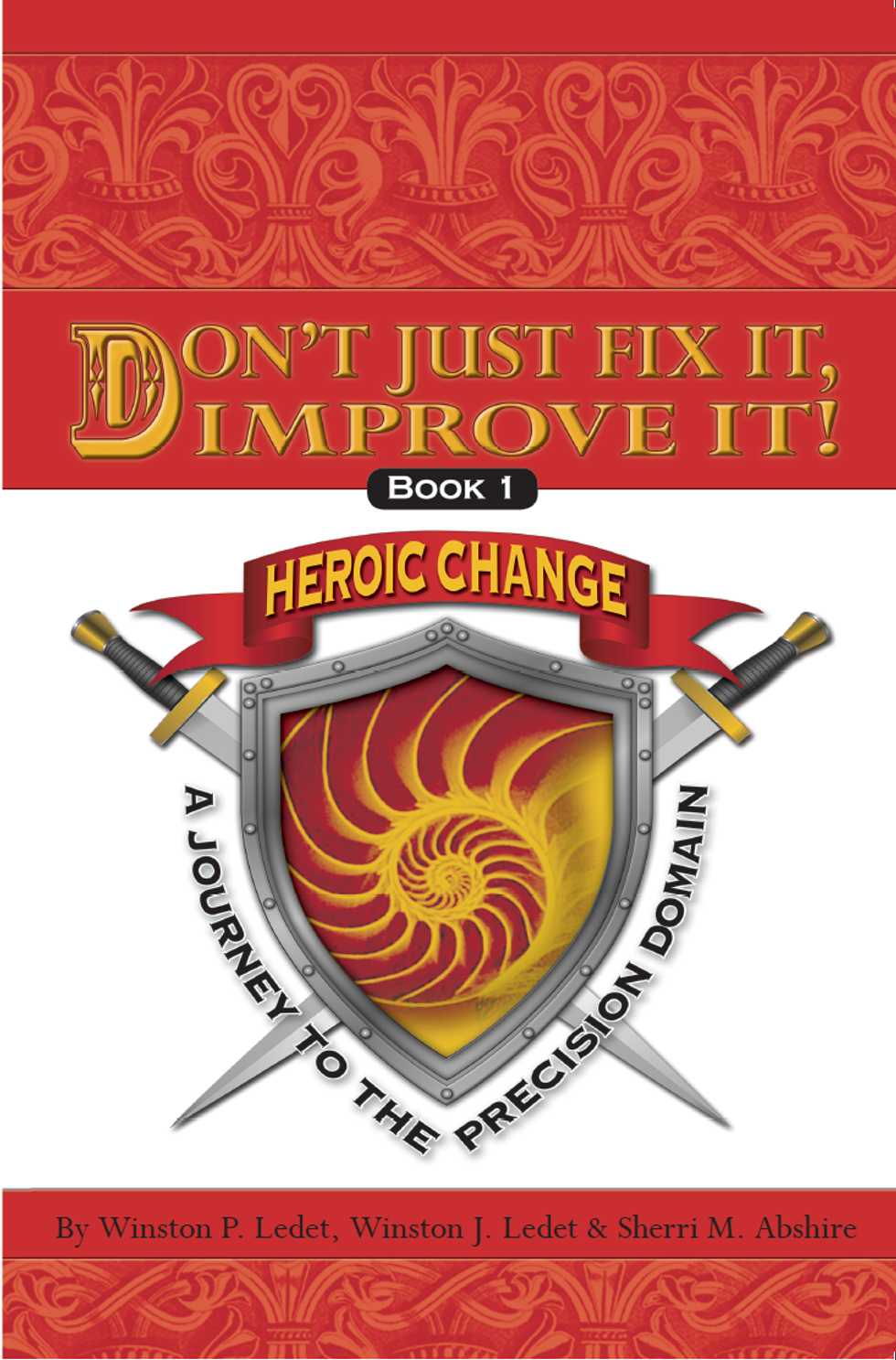The RELIABILITY Conference: 2 Days of Learning, Networking and Reliability Excellence
Sign Up
Please use your business email address if applicable
The RELIABILITY Conference: 2 Days of Learning, Networking and Reliability Excellence
International Maintenance Conference 2025: The Speed of Reliability
Sign Up
Please use your business email address if applicable
Login

Bulk Orders
Contact us if you would like to order multiple copies of this title
Phone: (239) 333-2500
Email to OrderJames Emery is struggling to balance his various roles as husband, father, and plant manager for Modern Products Manufacturing. When an accident occurs at the plant, leaving people seriously injured, James feels responsible.
The accident is the impetus to drastic changes in both James’ personal life and his career. In his relentless pursuit to create lasting change he faces a long road of mistakes and missteps while facing opposition from his subordinates and pressure from his superiors. James gathers allies by building a shadow network of employees who support his plans.
In his struggles to create a safe place for employees to work while satisfying his superiors with improved performance, he begins his journey to the Precision Domain. Listen as James embarks on a journey of lasting Heroic Change.
The authors begin with a plant that is performing poorly and under extreme pressure to improve – the VP of Manufacturing organizes staff meetings such that the plant managers must sit according to his ratings of plant performance. James, the new plant manager and the protagonist of the story, sits in the next to last seat – his costs are well above budget, utilization is well below budget, safety performance is well below par, and of course, the plant is losing serious money.
James has great ideas on how to improve the plant and key goals to achieve. Unfortunately, on top of his improvement plans, he is also being directed to install a new maintenance management system, including using a very expensive consulting company, and to apply RCM principles to all the equipment. To top it off, the plant is very reactive, so a day hardly passes when his plans are not disrupted. And to make matters even worse, he is directed to reduce costs substantially in a single year. How is he going to cut costs and implement the maintenance management system? How is he going to manage all the competing initiatives, he often laments. Of course in the middle of it all, two of his employees are seriously injured.
James works really hard to balance all the issues, but soon finds that the number of defects (problems and failures) outstrips even his high energy level, not to mention creating myriad problems at home. He soon notices that the number of defects coming into the maintenance management system simply overwhelms the systems’ ability to cope; and that the RCM studies often end up being “books on a shelf” because of the amount of reactive work that has to be done. With the help of a mentor he finally gets his priorities right, and challenges his boss to give him to leeway on the initiatives so long as he delivers. He begins engaging the workforce in defect elimination, defects that they choose at the shop floor level and work on. He understands how ownership is created for improvement – let the people doing the work select the work to be done to correct the problems. After he’s gotten the defects to a manageable level, he then returns to the maintenance management system implementation, successfully. With that very basic approach, James turns the plant around from the second worse to the second best, in one year.
While the book does include a commercial appeal in places, I encourage you to forgive that and take seriously the greater lesson in the book – nothing is worse than doing something more efficiently that you shouldn’t be doing in the first place – so, engage all your employees in eliminating the defects that cause the failures, and you won’t spend money fixing the failures, losing production, and getting injured. The book is an easy read, and provides an excellent model for this approach."
Ron Moore, author of What Tools? When? Selecting the Right Manufacturing Improvement Tools
"A friend thought I might enjoy reading Heroic Change. I decide to look at the book over the weekend, thinking I might get through a few chapters – ends up I couldn’t put it down. My wife even commented, “You never stay attached to a book for such a long time, what’s up?” The story goes through the events of a plant manager, James, who has to save his plant from demise. Facing safety, as well as production lows and cost cuts; he and his former boss and friend, Chance, create a plan for success. Chance, now at the corporate office once managed the highest performance facility for the company. If you are in any way part of an improvement process, you can easily relate to what James and Chance were facing. Chance introduces James to the Heroic Journey concept, where many trails must be overcome in order to reach the final goal. My favorite analogy is the example of how The Wizard of Oz was a Heroic Journey. Although not overly exploited in the book, it turns out similar to The Wizard of Oz, as James had everything he needed all along. He needed to take the journey in order to reach his goal, while not getting distracted by the means and consequences. Overall, this is the first book I've read which provides true value to reliability improvements, and is also very entertaining. Hopefully the authors will continue the series."
David A. Martin, CMRP, Maintenance Coordinator and Co-Author of M&R Metrics/KPIs 101 - Keeping it Simple